
Kombu, or kelp, is a sea vegetable that helps to soften beans, making them more digestible and less gassy. It has a deep flavor that is often used as a basis for stocks and soups in Japanese cooking, and this rich depth will also season a pot of beans. Kombu is available in Asian groceries and natural foods stores. It can be pricey, but you can offset the expense with the frugality of beans, especially if you cook them from scratch.
Step 1
Spread the beans on a plate or tray, look through them for rocks and then transfer them to a saucepan. Cover the beans with water and soak them for at least an hour or as long as overnight. Soaking, like adding kombu, helps to break down the enzymes that can make beans hard to digest; using both processes gives extra insurance. Change the water when you're ready to cook the beans, and then bring them to a boil.
Step 2
Add at least a postage stamp-size strip of kombu for each pound of dried beans. Using a smaller amount of kombu will save money but using more kombu will give your beans additional flavor. Because the flavor of kombu tends to contribute quietly in the background rather than aggressively asserting itself, the additional kombu you add is unlikely to take over the flavoring of your bean dish. Rather, it will accentuate and help develop the flavors of the other seasonings you add.
Step 3
Cook the kombu along with the beans during their entire cooking time. After about an hour, the kombu will start to break down, thickening the bean cooking liquid. Let the beans and the seaweed continue to cook until the kombu is thoroughly disintegrated. The process of breaking down allows the kombu flavor to continue working its way into the beans.
Step 4
Drain the beans if you will be using them in a salad or in a dish that does not require additional liquid. Getting rid of the cooking liquid will waste some of the flavor that the kombu has infused, but the beans will be flavorful nonetheless. If you are preparing a stew where you can incorporate the cooking liquid, simply substitute it for the stock or water in the recipe.
Related Articles
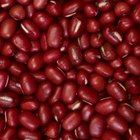
How to Soak Adzuki Beans
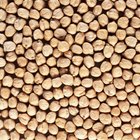
How to Use Dry Beans Without Soaking ...
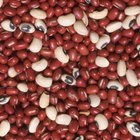
How to Convert Dried Beans to Cooked ...
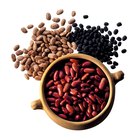
Spices to Use in Red Beans

Can I Substitute Chickpeas for Black ...

How to Cook Petai
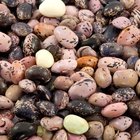
How to Reconstitute Dried Beans

How to Cook Beans

Do Beans Cook Faster Covered?
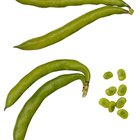
How to Freeze Fresh Beans Using Pillow ...
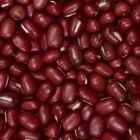
How to Make Homemade Red Bean Paste ...

How to Cook Broad Bean Shells
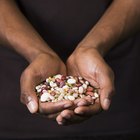
5 Things You Need to Know About Beans ...
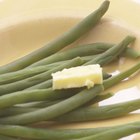
How to Cook Dragon's Tongue Beans

How to Soften Beans After Cooking
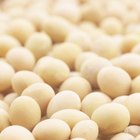
How to Rehydrate Chickpeas
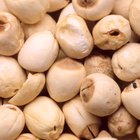
How to Soften Garbanzo Beans
How to Cook a Pot of Mixed Beans
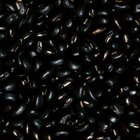
How to Cook Dry Black Beans

Madagascar Vs. Tahitian Vanilla Beans
References
Writer Bio
Devra Gartenstein is a self-taught professional cook who has authored two cookbooks: "The Accidental Vegan", and "Local Bounty: Seasonal Vegan Recipes". She founded Patty Pan Cooperative, Seattle's oldest farmers market concession, and teaches regular cooking classes.
Photo Credits
Hemera Technologies/Photos.com/Getty Images